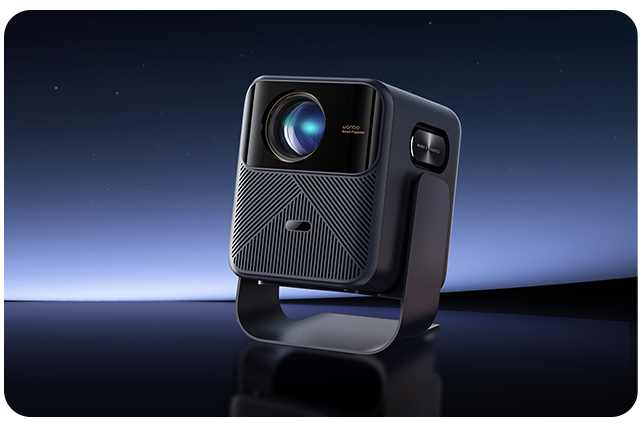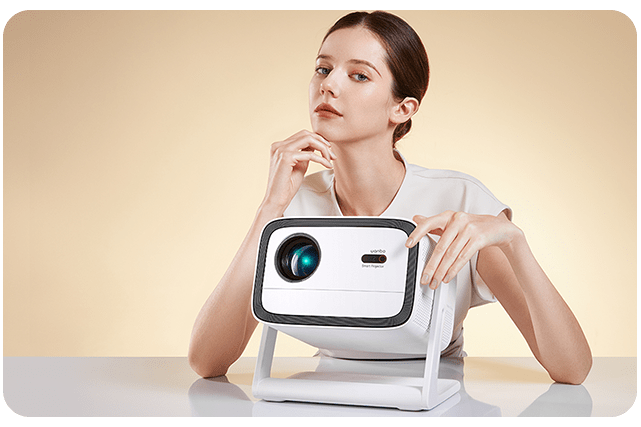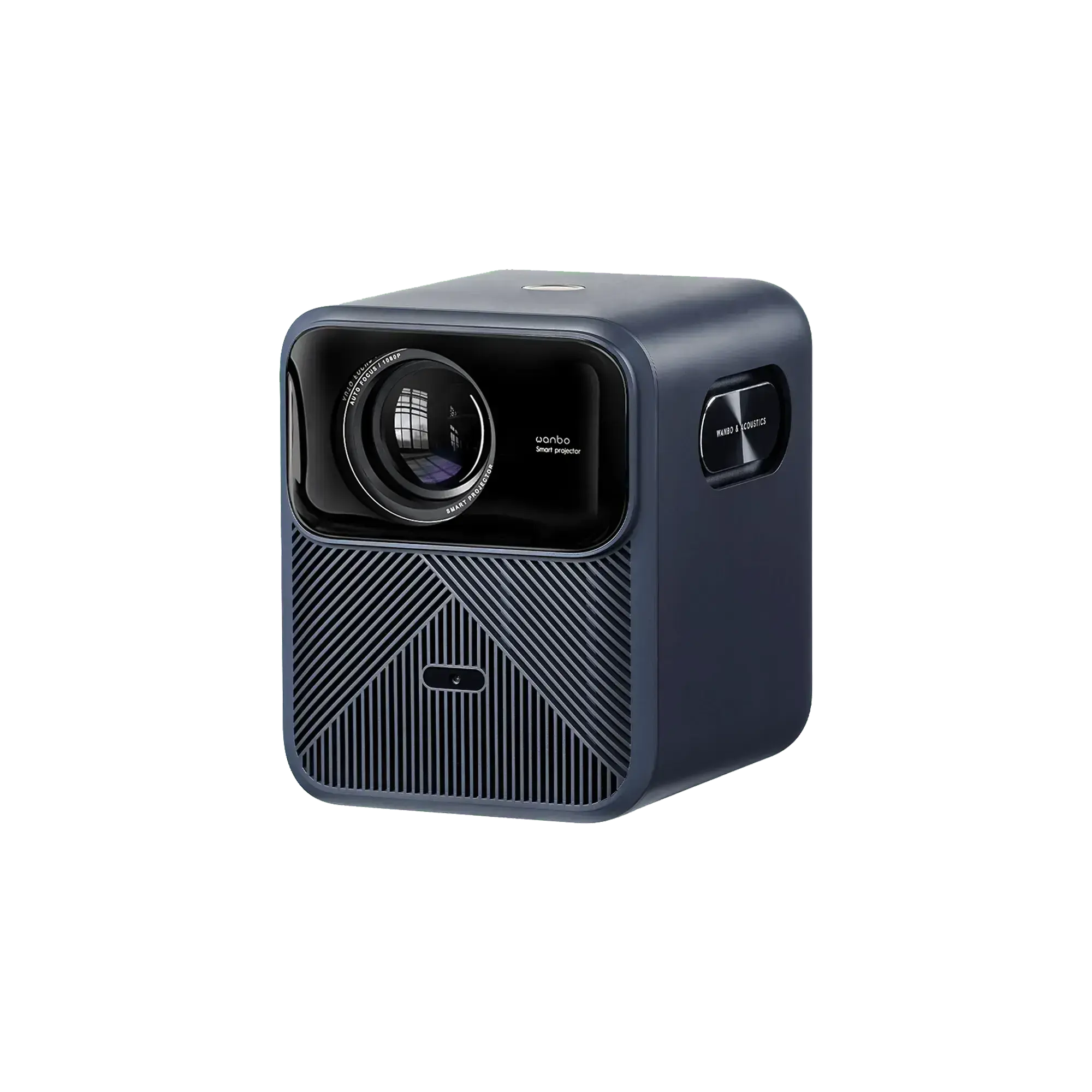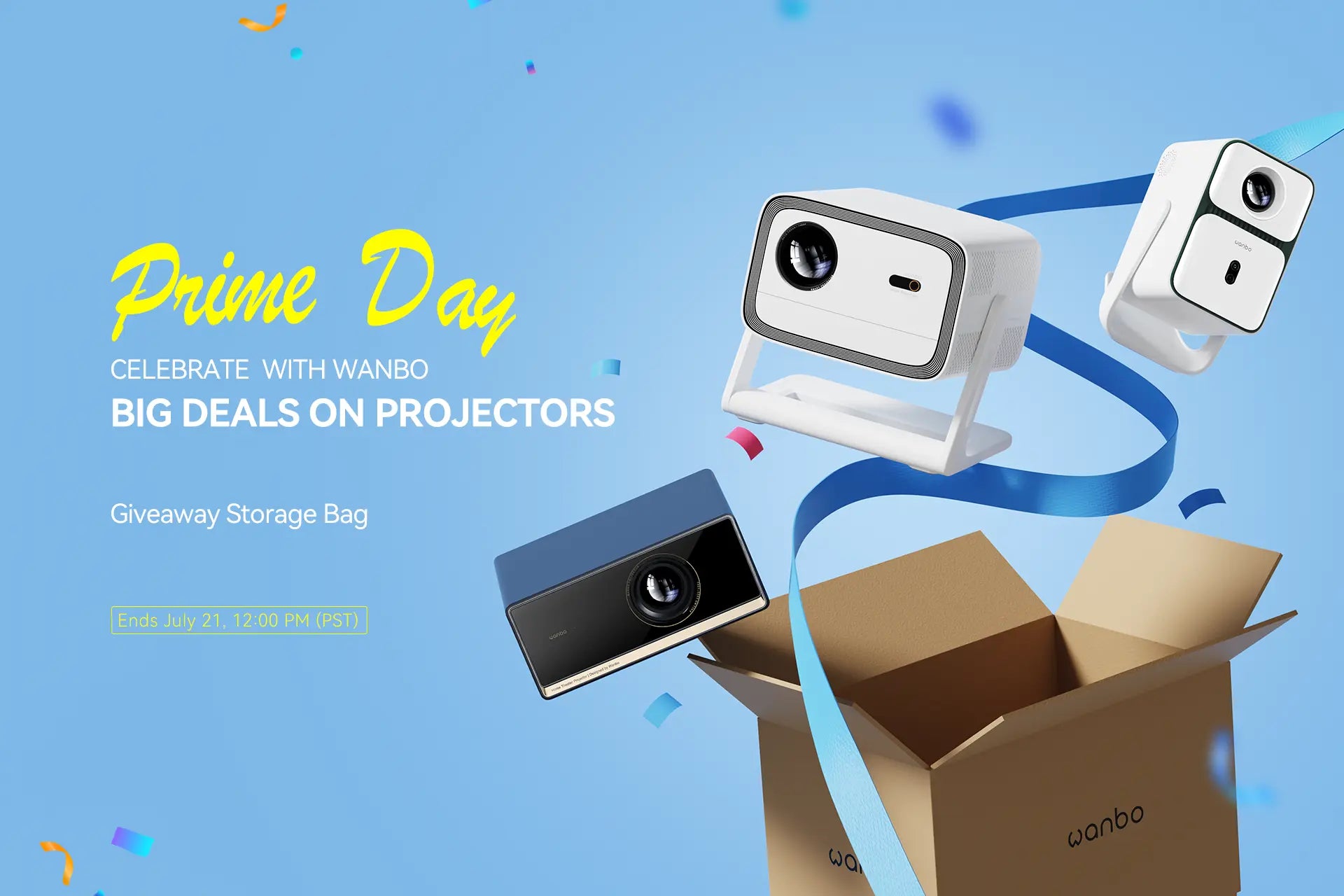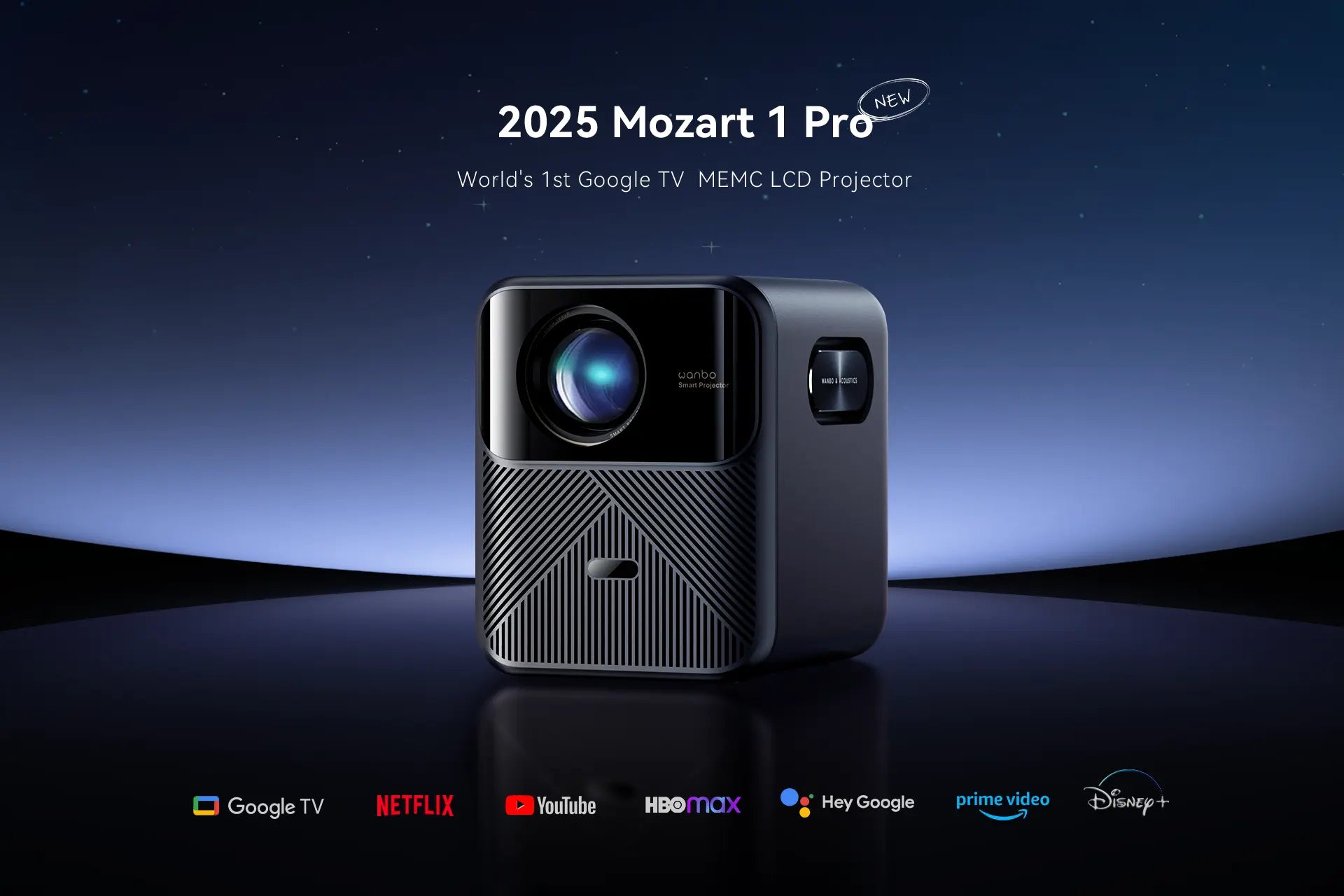The Ultimate Guide to Setting Up a Portable Projector for Your Home Theater
Before setting up your home theater, choosing the right portable projector is essential. Here are some key factors to consider:
Resolution: The resolution of a projector affects its image clarity. For good quality, look for a projector with a resolution of at least 720p. The higher the resolution, such as 1080p or 4K, the clearer the image.
Brightness: Projection units rate their illumination in lumens. If you want a clear image in a dimly lit room, you must choose a projector with a brightness of at least 600 lumens for your home theater.
Connectivity: Verify that the projector supports the right connections for your devices. Blu-ray players, gaming consoles, and streaming devices mostly connect via the standard input source, HDMI. However, specific projectors support wireless connections, such as Wi-Fi or Bluetooth.
Size and portability: Since you are setting up a home theater, you want a projector that is easy to move and large enough to provide a good viewing experience. The Wanbo Vali 1 projector strikes a good balance between size and performance.

Set Up Your Portable Projector
Once you have chosen the right projector, follow these steps to set it up for your home theater:
Choose the Right Location: Choose the location of the projector screen or wall. The distance between the two should be such that the projector can display the image on the screen. Refer to the projector manual for the recommended distance. To ensure better image quality, make sure that the room can be dimmed, as portable projectors usually work well in dimly lit areas.
Set Up the Screen: If you own a projector screen, place it in the preferred location, ensuring the flatness of the surface and the optimal height for comfortable viewing. In the absence of any screen, choose a blank white wall. The wall should be smooth without any attractive designs or scratches that may interfere with vision.
Place the Projector: The projector must be kept at the recommended distance from the screen. The angle and alignment should be modified so that the image does not stretch to the ground by mistake. Then, a tripod or any surface is needed to keep the projector equal. Most projectors include adjustable feet as an aid to help them equalize if adjustments are needed.
Connect Your Devices: Connect your gadgets using an HDMI cable or an appropriate cable. Plug one into the projector and the other into your gadget, such as a DVD player or gaming console. If your gadget is wireless-enabled, follow the Wi-Fi network or Bluetooth pairing instructions to connect with such a device.
Adjust the image settings: The camera and projector have a focus ring, and you may need to adjust it accordingly for precise and clear projection. If you find the image is distorted, use the keystone correction feature to change its shape and fit your screen. In addition to the color setting, the brightness should also suit your preferences and the light level of the room.

Enhance Your Home Theater Experience
To make the most of your portable projector, consider these additional tips:
Sound System: Some portable projectors have integrated speakers, but for a better sound experience, you can connect your projector to external speakers or a sound system. As a result, the sound quality will be improved during movie watching and create an interesting movie night atmosphere.
Seating Arrangement: Make sure to arrange your seats so that everyone has an unobstructed view of the display. Seats that are centrally located and at a proper distance from the screen are often called prime seats.
Control and Management: Use a universal remote control or the projector's remote control to manage settings and switch between devices. Make sure you have the remote control at hand during movie watching.
Cable Management: Cables must be kept organized to avoid tripping accidents and keep the environment clean. Cable management clips or ties can help keep them straight.
Maintenance: To ensure optimal performance, clean the projector lens and filters regularly. Follow the manufacturer's recommendations for cleaning and maintenance.



